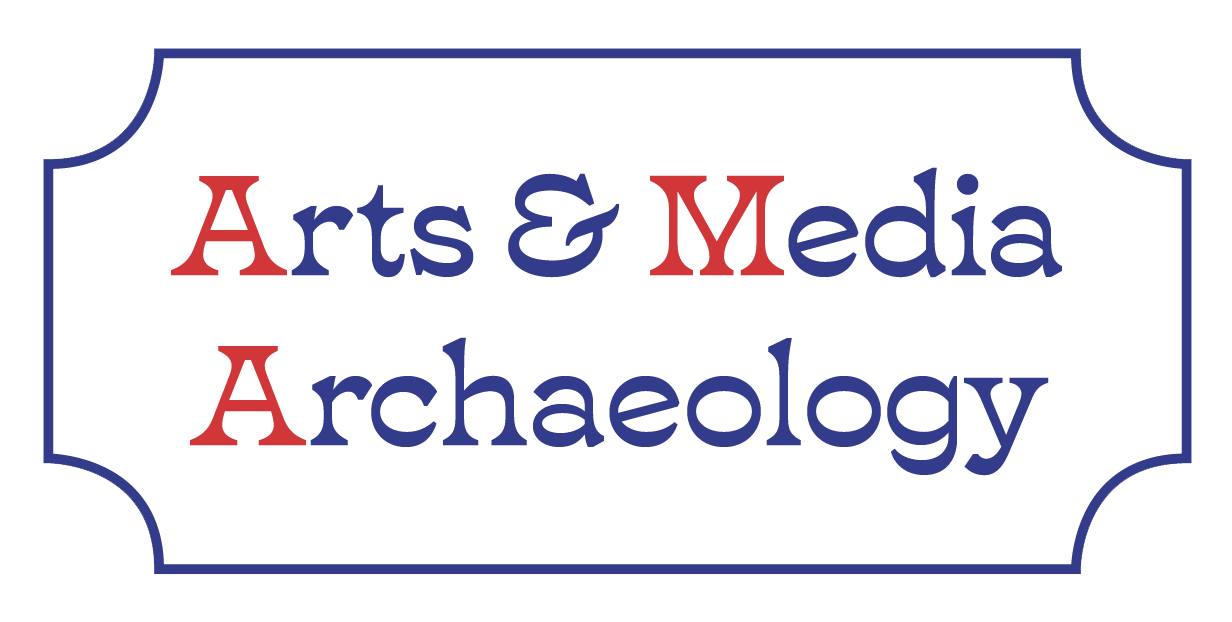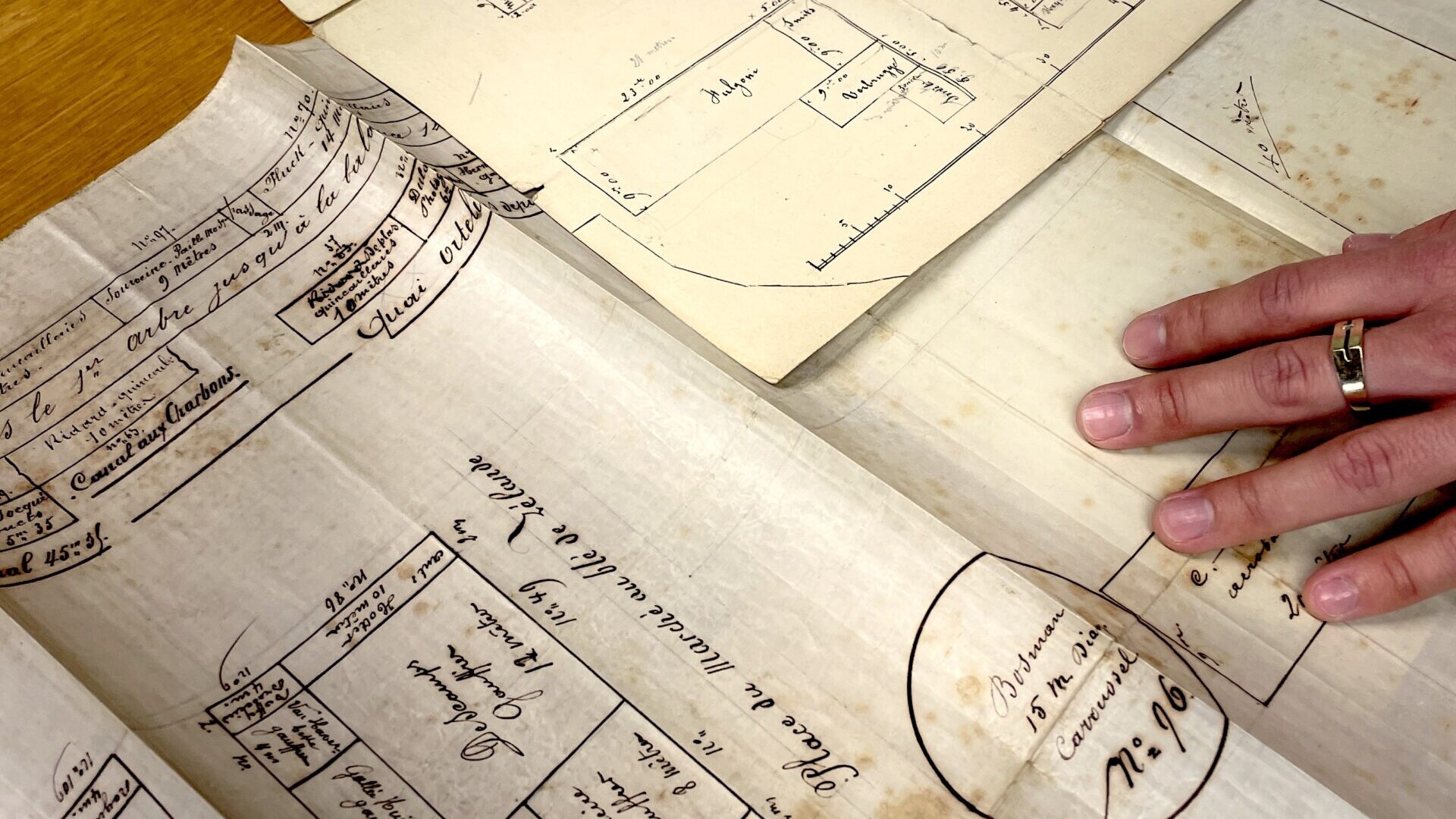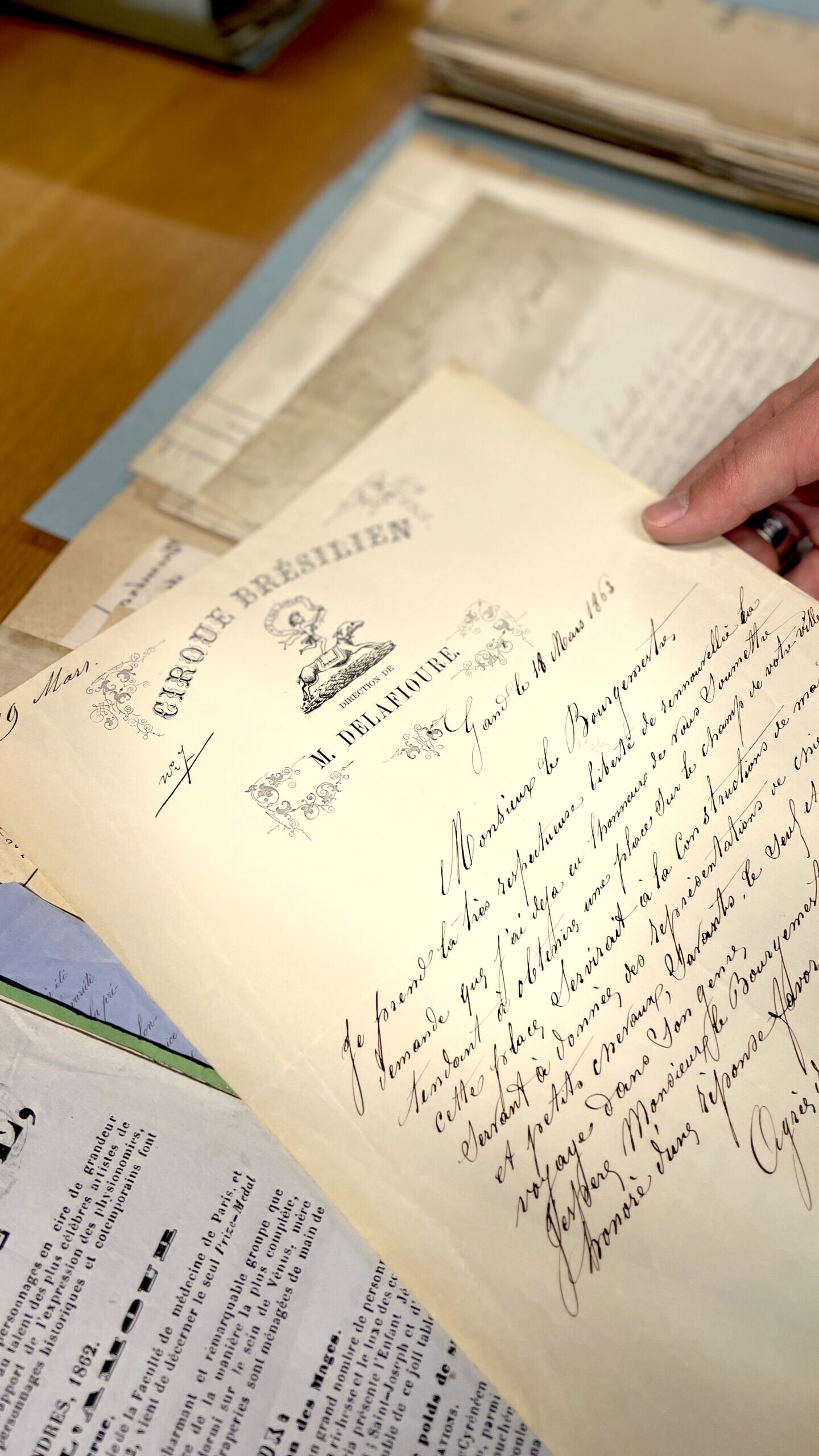What role did science and technology once play at the fairground? And how were new technologies such as X-ray technology, photography, and film presented and disseminated through the travelling network of showpeople? PhD researcher Tim Overkempe is currently investigating all of the questions above for the period 1850-1914 within the Science at the Fair project at University of Antwerp.
While most of us might associate the funfair with nostalgia and perhaps a touch of old-world charm, this was certainly not always the case in the past. Instead, the fairground was often the place-to-be to wonder at new discoveries.
Tim: “During my research into the composition of nineteenth-century fairs, I noticed that there were quite a few attractions centred on new technologies and science, especially compared to today. That piqued my interest. Even while studying History & Philosophy of Science at Utrecht University, I was particularly fascinated by science outside academia, more specifically in the public sphere. The fairground is actually a very interesting arena to study if you want to determine how science was presented to a wide and diverse audience. And where they drew the line between science and magic.”
The tricks of the trade
While today, we sometimes make a distinction between science and commercial entertainment, this line was not as sharp back then. At the Felixarchief (Felix Archive), which houses a wealth of information about past fairs, Tim showcases posters where strong claims were made about both bearded women and new scientific marvels.
“Sometimes those promises were fulfilled, but you often notice from reviews that they also contained some grandstanding. For example, I can remember a poster where a real mermaid was announced. Come and see! The illustration promised a young bare-chested woman with an elegant fish tail, but in practice it turned out to be a monkey’s carcass sewn to a fish.” (search for Fiji Mermaid, ed.)
“You do notice that scientific inventions were often presented with a certain gravitas. Performers would call themselves ‘doctors’ or pretend to have a research background, while that was certainly not always the case. Usually, the audience was first offered an explanation, which was then followed by a spectacular show leaning rather towards entertainment than science. It was really a fusion between the two, tailored to the audience’s preferences. The organisers understood that people were eager to learn, but that the fairground was first and foremost a place of entertainment. So that element of recreation was at least as important as the educational perspective.”
New technologies
Tim would now like to trace the path that scientific novelties took from workshop or laboratory to the fairground. We know there was a lot of trading going on within the community of forains (showpeople), but how did they obtain these new technologies so quickly?
“Clearly, the forains were very keen to be the first to show off a new gadget and increase their market value significantly over their peers. But at this point, we don’t quite know whether they themselves had ties to the scientific community or whether there might have been another go-between. I hope to clarify that in the course of my research.”
Sometimes, the rapid transition of new technologies to the fair backfired. Today, we are used to inventions being tested extensively before they are released into the world. But Tim found that when the concept of X-rays was discovered, it immediately appeared as a new visual spectacle at the fairgrounds.
“Only, at that time, the consequences of frequent exposure to these rays were not very well known, causing many of those early adopters to develop skin cancer. Notable doctors got wind of this and connected the dots between the rays and the unlucky showpeople. From then on, protection from released radiation in x-ray experiments became more widespread. But for those pioneering forains, the realisation unfortunately came too late.”
Too big for the fairground
As film emerged at about the same time as x-rays, it also succeeded in reaching a broad audience primarily through the funfair.
“Even at very small local fairs, you could ‘go to the movies’ early on. And you certainly didn’t have to wait a year to see the latest hit. As this medium became increasingly successful, cinemas started popping up outside the fairground walls. And in time, film disappeared from the funfair altogether.”
In the remainder of his PhD trajectory , Tim would like to work with the many inventories found in various city archives. Precise records with floor plans and booth fees were kept. Comparing these lists gives you a clear picture of fairground families’ trajectories and which technologies they helped spread over the years.
The Opitz family, for instance, boasts a wonderful history: “They entered floor plans and fairground listings with a simple carousel, but gradually expanded. Every family member seems to develop a specific expertise. So electric lighting, film, x-rays, spiritualists and mediums were added to their programme. You can really see their portfolio expanding over the years, which is remarkable. I want to dig into that a little further and make a case study of them, to show how showpeople adapted their attractions and incorporated new technologies at lightning speed.”
Call: SciFair is looking for fairground photos that are (more than) 100 years old!
Science at the Fair researchers are looking for fairground photos that are more than 100 years old. By filling out this form, you can forward any images you might have and enclose valuable information, such as the image’s photographer, its subject and – if known – the date it was made.
Science at the Fair will process this information for their research into the history of the fairgrounds. Visit their website for more info about their research and activities: www.scifair.eu.
Authors
-
Michelle Coenen is the communications officer for the Faculty of Arts at the University of Antwerp. She is also an editor-in-chief at Bladspiegel, the faculty's blog with a focus on research in the area of philosophy, history, culture and language.
-
Tim Overkempe is a PhD researcher in the Science at the Fair project at the University of Antwerp. His research "Spectacular Science: Performing Science and Technology at the Fair in North-Western Europe (1850-1914)" focuses on science and technology at the fairground, particularly the introduction of new media spectacles.







